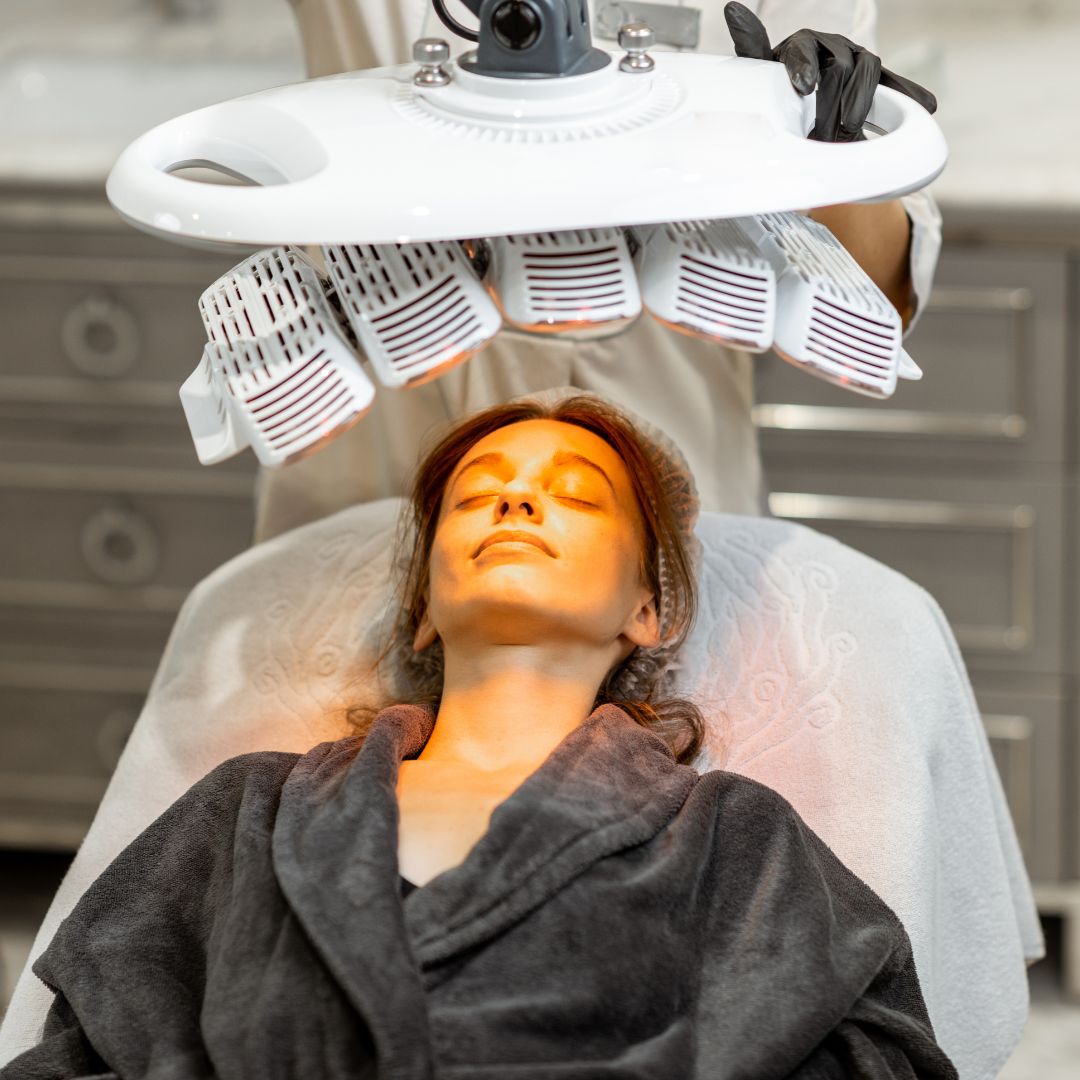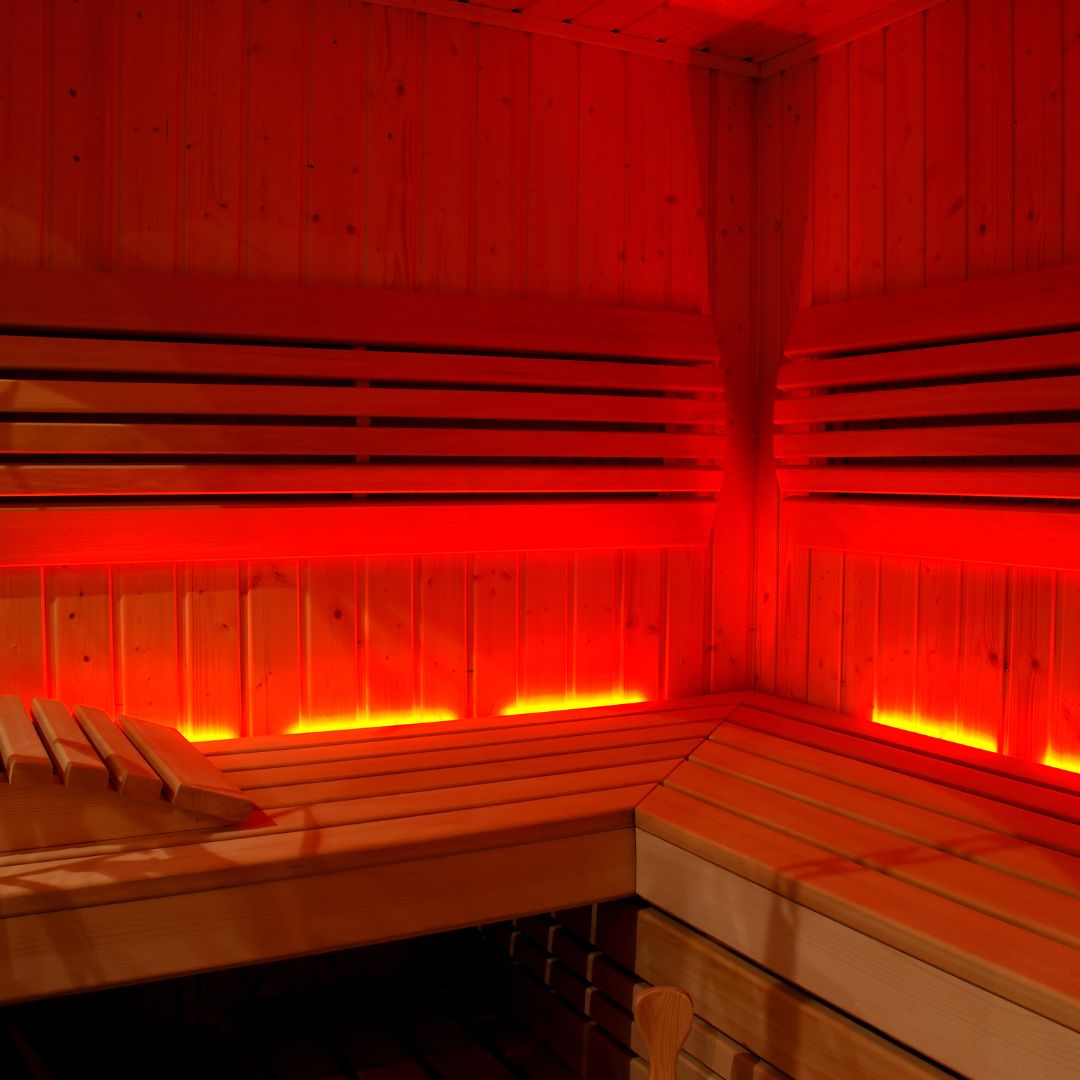As we approach the 2025 Spa Awards, the spa industry is experiencing a major transformation. While traditional wellness therapies such as Thai massages and hot stone treatments continue to dominate, modern spas are embracing cutting-edge technology to elevate their services. The integration of innovative technologies into spa experiences is not just a trend—it’s a game-changer that’s reshaping how we think about relaxation, rejuvenation, and self-care. From high-tech facial treatments to smart wellness systems, here’s a look at how technology is setting new standards in the spa world.
1. Personalized Wellness with AI and Data
One of the biggest ways technology is influencing modern spas is through personalized wellness. The rise of artificial intelligence (AI) and data-driven insights allows spas to create tailored treatments that address the unique needs of each guest. AI-powered systems can analyze skin conditions, muscle tension, or stress levels in real time, helping therapists adjust their approach for optimal results. For example, a spa might offer an AI-assisted facial treatment that customizes products based on a guest's skin type or an advanced massage therapy that adapts to muscle stiffness or tension levels.
2. High-Tech Facial Treatments and Skincare
The spa industry has embraced advanced skincare technology that delivers precise and effective results. For instance, LED light therapy is widely used for improving skin tone and texture, while microdermabrasion machines help exfoliate the skin deeply. Another exciting development is the use of radiofrequency (RF) skin tightening, which helps reduce wrinkles and promote collagen production. Spas offering these cutting-edge technologies often see a boost in their ratings and recognition, making them serious contenders in the 2025 Spa Awards.

3. Smart Wellness Devices for Relaxation and Recovery
Beyond facials, smart wellness devices are becoming a staple in spas. Cryotherapy chambers and infrared saunas are popular for their ability to reduce inflammation, boost circulation, and promote detoxification. In addition, massage chairs equipped with heat, vibration, and pressure sensors offer guests a customized relaxation experience. These devices can be programmed to target specific areas of discomfort, ensuring each session addresses the needs of the individual. Smart wellness bands and sleep trackers are also helping spas gather valuable data on guest wellness to offer better recommendations.
4. Virtual and Augmented Reality Experiences
Another exciting frontier in spa technology is virtual and augmented reality (VR/AR). Some spas are experimenting with immersive VR environments, where guests can enjoy guided meditation or visual relaxation exercises while lying back during treatments. AR is also being used for interactive wellness experiences, such as virtual tours of a spa's facilities or personalized, real-time feedback during treatments. These high-tech experiences create an engaging, futuristic ambiance that’s perfect for guests seeking innovative ways to relax and rejuvenate.
5. AI-Enhanced Spa Design and Ambience
Technology is also changing how spas are designed. AI-powered lighting systems adjust based on the time of day or the guest’s preferences to create the perfect atmosphere. Smart sound systems offer calming sounds that can change depending on the treatment being performed. These innovations not only enhance the overall guest experience but also help spas maintain a sustainable, energy-efficient environment by adjusting lighting and temperature based on guest flow and usage patterns.

6. The Future of Technology in Spas
As the 2025 Spa Awards draw near, the role of technology in enhancing the spa experience will undoubtedly continue to grow. Future innovations will likely include advanced biometrics, robotic massage therapists, and even AI-driven wellness programs that provide real-time health insights. These technologies will shape the future of spa treatments and will undoubtedly remain at the forefront of award-winning spa services.

